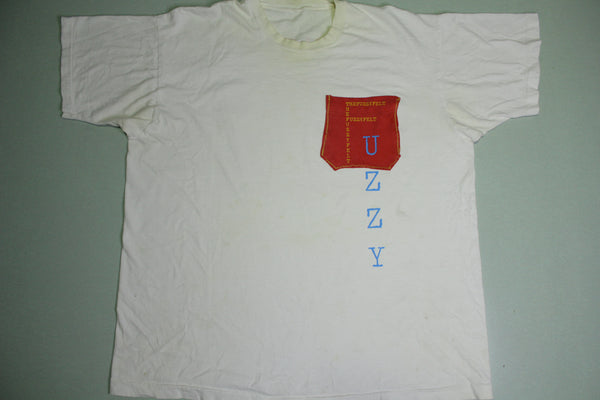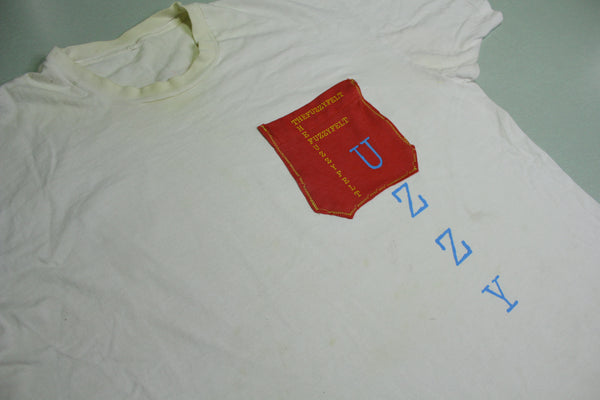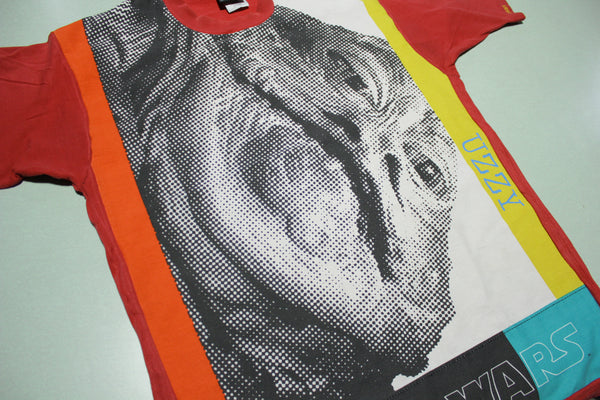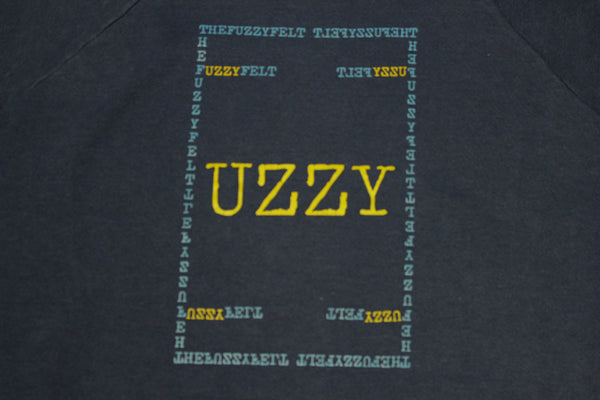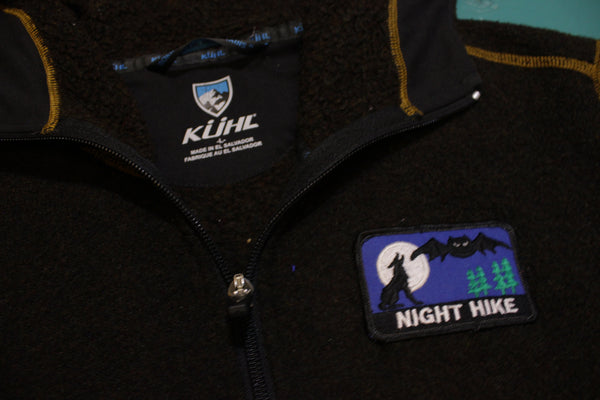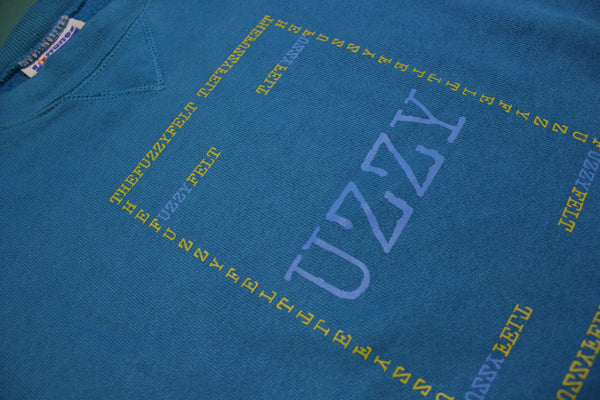Studer 169 Console Direct Out Modification
•Publicado el febrero 11 2018

 The Studer 169 10x1 Professional Recording Console. This mobile sidecar console was a purchase from a Studio in Amsterdam. This is a 10 channel to mono mixer in excellent original shape. I have decided to perform the direct out modification on each of the 10 channels. This mod can be found in various forums across the web. I made a variation in my mod in that I decided to make the direct out happen after the 3 band EQ section of each channel so that one could take advantage of the very musical EQ on these modules. With this mod completed one could now utilize the mixer as 10 separate preamp outputs into your DAW or Tape Machine or whatever the recording media might be.
The Studer 169 10x1 Professional Recording Console. This mobile sidecar console was a purchase from a Studio in Amsterdam. This is a 10 channel to mono mixer in excellent original shape. I have decided to perform the direct out modification on each of the 10 channels. This mod can be found in various forums across the web. I made a variation in my mod in that I decided to make the direct out happen after the 3 band EQ section of each channel so that one could take advantage of the very musical EQ on these modules. With this mod completed one could now utilize the mixer as 10 separate preamp outputs into your DAW or Tape Machine or whatever the recording media might be.
The first step is to pull the module out of the mixer and remove the side panel off the module by loosening the three screws. Make sure and only loosen as there is a keeper on the underside that will fall off if you back the screw out too much. 

Next step is to remove the rear I/O panel. There are two screws right above the banana plug insert jacks.
 and one more screw at the bottom on the side.
and one more screw at the bottom on the side.

So the method I am using here is a relatively non destructive modification in that I will only de-solder the original wires, but will not remove them. Just in case somebody down the line would like to bring this mixer back to dead stock original. Once the screws are removed from the I/O panel I like to prop the panel up with a screwdriver so that I can work on it. The banana plugs are signal jacks, which are really of no use to me or most likely anybody else in an audio recording studio. The original intent with signaling jacks was to signal something like a light or some other device to turn on when an action took place on the mixer. This functionality might be useful in a television broadcast or a broadway play. Because of that I didn't feel too bad about doing this mod as most people would never need these jacks in the audio world. The top banana jack has a red wire soldered to it. De-solder that wire, snip the exposed conductor off and fold it back and out of the way. Another option you could do here would be to apply shrink tube to the loose end of the red wire.

Next step is to cut a length of 22AWG copper wire at 15". Solder this in place of the red wire you just removed.
 On the other end of the 22AWG wire solder a female connector. What I used here for the connector was from a female DB-25 kit. These are readily available from multiple sources online and you only need to purchase one as it will come with 25 of them that you just break off one at a time. 3/16" seemed like the perfect length to strip back for the connectors I was using.
On the other end of the 22AWG wire solder a female connector. What I used here for the connector was from a female DB-25 kit. These are readily available from multiple sources online and you only need to purchase one as it will come with 25 of them that you just break off one at a time. 3/16" seemed like the perfect length to strip back for the connectors I was using.
 Now route this 22AWG to connection point 28. I found this information about this connection point in the Studer 169 manual in section 7.4.10. See the next photo for exact location.
Now route this 22AWG to connection point 28. I found this information about this connection point in the Studer 169 manual in section 7.4.10. See the next photo for exact location.
 Half way done!! You now have the + signal successfully connected to the top banana jack. This will be a post fade, post eq signal. Big time sound in a small compact console. Next, we need to locate a good ground point. To do this you need to connect one of your leads of your multimeter to a known ground in the module. I point out in the next photo the grounds I could find in my module. The two black wires coming off the XLR connectors are grounds as was this left side of the capacitor. I clipped an alligator lead to one of those ground points and the other end of the alligator lead to one of my multimeter leads. Now set up your meter to test for continuity.
Half way done!! You now have the + signal successfully connected to the top banana jack. This will be a post fade, post eq signal. Big time sound in a small compact console. Next, we need to locate a good ground point. To do this you need to connect one of your leads of your multimeter to a known ground in the module. I point out in the next photo the grounds I could find in my module. The two black wires coming off the XLR connectors are grounds as was this left side of the capacitor. I clipped an alligator lead to one of those ground points and the other end of the alligator lead to one of my multimeter leads. Now set up your meter to test for continuity. 

With your meter testing for continuity, test one of these points here to see if any of them are common with ground. In my module the yellow wire on the right was a ground point. This is not typical of every Studer 169, and it is important that you identify the ground point in your mixer and not assume it will be the same as thisone here.
 Next pull the blue wire off its connection point....
Next pull the blue wire off its connection point.... ...
...
...and connect it to the ground point that you have identified with your multimeter. In my case this was very convenient as the yellow wire immediately next to the blue was a ground point. The blue wire easily connected to this point without adding or splicing in additional length of wire.
 To tidy things up I also pulled the red wire and along with the yellow wire folded them back and out of the way. One could shrink tube these loose ends as well.
To tidy things up I also pulled the red wire and along with the yellow wire folded them back and out of the way. One could shrink tube these loose ends as well. 

Once you have connected the blue wire to a ground point you have successfully completed the direct out modification on this unit. Nice! Re-install the side panel and I/O panel and move on to the next module. Only 9 more to go.
The next task that needs to be completed are the adaptor cables for the rear of the mixer. You will need to make 10 of these. I am not going to go into any detail as I feel it is fairly straight forward. You install a male XLR on one end of the cable and the + lead to the red banana plug and the ground to the yellow banana plug. The following pictures should help guide you through this.

 Solder Don't forget the shrink tube!
Solder Don't forget the shrink tube! 

Finally just a reminder. The red banana plug inserts into the top jack and the yellow to the bottom left jack. Now you can record 10 tracks of professional, world class audio simultaneously. Let's create some magic! 

The following video is a test run I performed on the console after I completed all 10 direct out modifications. Please beware that there are some pops and crackles as I go through the EQ section of each module. The potentiometers were dirty and this video is prior to cleaning them. Please adjust your volume accordingly. After the test I pulled the modules out and cleaned the dirty pots with Deoxit D5. This did the trick, and everything seems great now. I did notice in the test that Ch.2 & 3 were slightly quieter than the other channels but I did not fix this issue as I feel like it would be best to calibrate the mixer and get all the channels working and performing evenly.
This mixer can be purchased at The Fuzzy Felt.The Fuzzy Felt ~Tim Leingang/Daveno Studio. Richland WA
 Strip
Strip


 Banana plugs next
Banana plugs next





